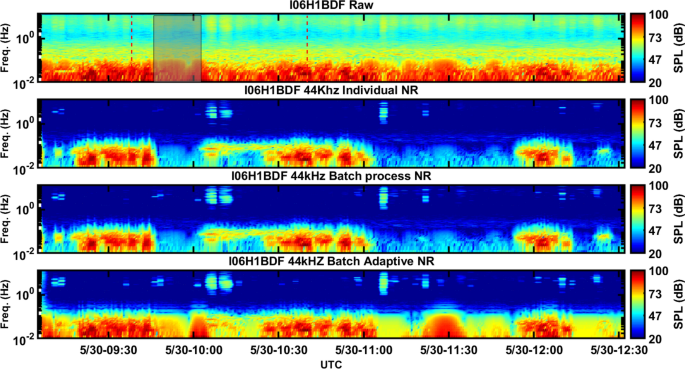

All you need to connect the charge controller to your PC is an RS485 to USB cable. You don't have to keep the PC connected after configuration is done unless you want to monitor your solar charger(s) continuously.
Volcano box current over voltage software#
Luckily, you can connect most EPEver / EPSolar charge controllers to your PC (Windows only), and use EPEver's downloadable software to both do the configuration and monitoring. Although you can buy the MT50, a display with buttons that gives status and configuration options, it is quite cumbersome to work with. This strategic approach to network health monitoring and proactive station maintenance, made possible by the know-how, hard work and creativity of CJ and other HVO technicians, keeps HVO’s data streams healthy and strong in order to provide scientists with the most up to date and complete information possible.EPEver / EPSolar charge controllers are usually just plug-and-play, and some, like the Tracer-BN series, comes without a display altogether. This state of health monitoring system, combined with proactive maintenance, ensured that there was no loss of data and no interruption of service from this station. Based on his diagnosis, the technical team at HVO was able to visit the site and change out the battery system before the station went offline. As one example, CJ’s monitoring system recently indicated that a station was suffering from a decline in voltage, probably due to the wet weather our island has been experiencing. The design has been modified and fine-tuned over the five years that they have been in use, to make them more efficient and effective.īecause of this technology, CJ and the other HVO technical staff can see trends and take appropriate actions (remotely sometimes) to “cure” a “sick” station. These monitors were also carefully designed to draw minimal power. These monitors are made at HVO, using hobby boards, single board computers (SBC) and bits of pieces of electronics so they aren’t expensive. The monitors provide information on station voltage, current, data transmission rates, and some even provide weather/atmospheric data. The monitors transmit data to HVO so that every morning CJ can see how the stations are functioning and track their performance over time. To minimize data disruptions, CJ developed a station “health monitor.” These monitors are installed at major monitoring network hubs.

All of which and more can result in data not being collected or transmitted to HVO. Since these instruments provide HVO with continuous information on the vital systems of our volcanoes, it’s important that these stations operate at optimal levels and without disruptions. These stations continuously transmit data to HVO, where they are processed by specialized computer programs and analyzed by scientists. The stations measure and record earthquakes, ground movement, volcanic gases, sound waves, lava advancement, magma volume below ground, and visual changes in eruptive activity. HVO has more than 240 stations in its monitoring networks on the Big Island. Through technology and ingenuity, CJ keeps HVO’s monitoring stations happy and healthy, minimizing the time his patients spend in the waiting room. Sometimes it feels that way for CJ, a physical science technician at HVO who cares for his electronic “patients”- volcano-monitoring stations - all over Hawaii Island. Have you ever opened the door to a doctor’s waiting room to see all the people waiting ahead of you? Sniffing, coughing, needing a few stitches, or a vaccine, you can’t help but realize how important it is to stay healthy (especially now). This week’s article focuses on HVO technician “CJ” Moniz and his development of a tool that measures and tracks the “health” of volcano-monitoring stations. HVO technicians are also masterful “MacGyvers.” For example, during Kilauea’s 2018 eruption, one HVO technician was able to rapidly perform an emergency electronic repair of seismic data acquisition systems (Great Scott!) that allowed the seismic stations to continue to gather and transmit valuable data back to HVO at a time of critical need. HVO technicians utilize a diverse range of tools, instruments, power and communication systems.


 0 kommentar(er)
0 kommentar(er)
